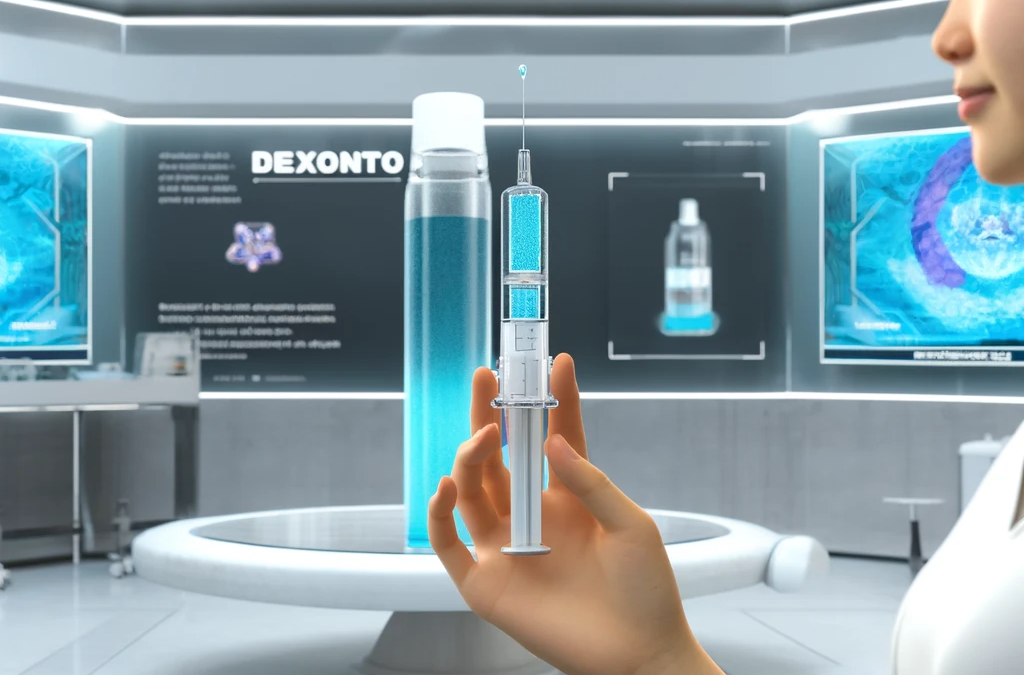As physical therapists, the primary goal is to provide optimal care to patients, addressing their unique needs and facilitating their journey towards recovery. Iontophoresis has emerged as a promising technique for delivering medication directly to the site of inflammation, offering a non-invasive and targeted approach to managing a variety of conditions.
Iontophoresis can be used to administer Dexonto (dexamethasone), an anti-inflammatory drug. Treating inflammation helps to relieve pain, increase tissue mobility, and reduce swelling. Integrating this modality into patient care options can enhance outcomes and improve the overall quality of care.
Understanding inflammation
Inflammation is the body’s natural response to injury, infection, or irritation, characterized by swelling, redness, heat, and pain. While acute inflammation is a necessary part of the healing process, chronic inflammation can lead to tissue damage and contribute to the development of various musculoskeletal conditions, such as tendinitis, bursitis, and arthritis. Effectively managing inflammation is crucial in promoting healing and reducing pain for patients.
Inflammation occurs in patients with a wide variety of conditions including: lateral epicondylitis (tennis elbow) and other musculoskeletal conditions, medial epicondylitis, plantar fasciitis, achilles tendinitis, bursitis, rheumatoid arthritis, and enthesopathic conditions. Dexonto with iontophoresis is often effective in treating all of these conditions.
The role of iontophoresis
Iontophoresis is a non-invasive drug delivery technique that utilizes a low-level electrical current to transport charged medication ions through the skin and into underlying tissues. This targeted delivery allows for the precise administration of medication directly to the site of inflammation, bypassing the digestive system and bloodstream.
In the context of physical therapy, iontophoresis offers a unique opportunity to deliver anti-inflammatory medications directly to the affected area, providing localized relief and promoting faster healing.
Dexonto: A specialized medication for iontophoresis
Central to the success of iontophoresis is the choice of medication, and Dexonto emerges as a valuable option for physical therapists. Dexonto contains dexamethasone sodium phosphate, a potent corticosteroid known for its anti-inflammatory properties. When administered via iontophoresis, Dexonto delivers dexamethasone directly to the site of inflammation, allowing for targeted and efficient relief of pain and swelling.
Key benefits of iontophoresis with Dexonto
There are many benefits of administering Dexonto using iontophoresis. From being non-invasive to providing immediate relief, there are many reasons why patients and physical therapists choose iontophoresis.
Targeted drug delivery
Iontophoresis with Dexonto enables precise medication delivery to the site of inflammation, minimizing systemic side effects and maximizing therapeutic efficacy.
Non-invasive nature
Unlike traditional oral or injectable medications, iontophoresis is non-invasive and well-tolerated by patients, making it an attractive option for those seeking relief from inflammation without the need for invasive procedures.
Immediate relief
The localized delivery of medication through iontophoresis allows for rapid onset of action, providing patients with immediate relief from pain and swelling associated with inflammation.
Enhanced patient compliance
Patients appreciate the comfort and convenience of iontophoresis treatments, leading to improved compliance with therapy and better overall outcomes.
Versatility in treatment
Iontophoresis with Dexonto can be utilized to treat a variety of inflammatory conditions, including tendinitis, bursitis, and arthritis, offering physical therapists a versatile tool for addressing the diverse needs of their patients.
Integrating iontophoresis into patient care
As physical therapists, it is essential to consider the incorporation of iontophoresis into our treatment protocols for patients with inflammation. By following these key steps, we can effectively integrate iontophoresis into our practice and optimize patient outcomes:
Patient assessment
Conduct a thorough evaluation of each patient to assess the severity and location of inflammation, as well as any underlying conditions that may impact treatment.
Treatment planning
Develop individualized treatment plans that incorporate iontophoresis with Dexonto as a targeted approach to managing inflammation. Consider the frequency and duration of iontophoresis sessions based on the patient’s needs and response to therapy.
Education and communication
Educate patients about the benefits of iontophoresis with Dexonto, including its non-invasive nature, immediate relief, and potential for enhanced healing. Encourage open communication and address any questions or concerns to ensure patient comfort and understanding.
Monitoring and adjustment
Regularly monitor patient progress and adjust treatment plans as needed based on their response to therapy. Continuously evaluate the effectiveness of iontophoresis in managing inflammation and make modifications as necessary to achieve optimal outcomes.
Elevating patient care with iontophoresis
Incorporating iontophoresis into our patient care options offers physical therapists a powerful tool for managing inflammation and promoting healing. By harnessing the targeted delivery capabilities of iontophoresis with Dexonto, we can provide our patients with effective relief from pain and swelling, enhancing their overall quality of life and facilitating their journey towards recovery.
As we continue to explore innovative approaches to patient care, it’s important for physical therapists and physicians to embrace the potential of new and innovative medications and technology. Iontophoresis may be able to optimize patient outcomes and has helped elevate the standard of care in physical therapy.

